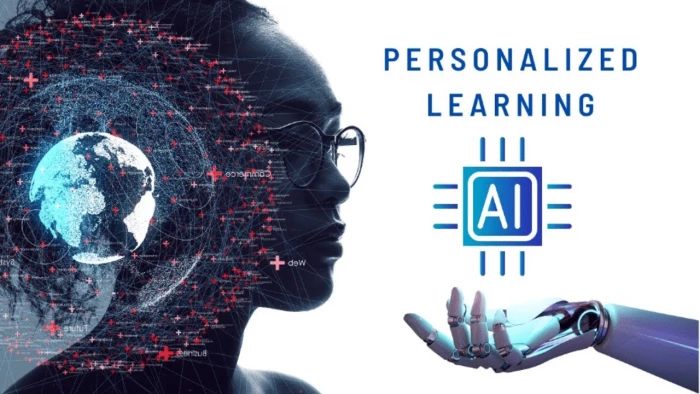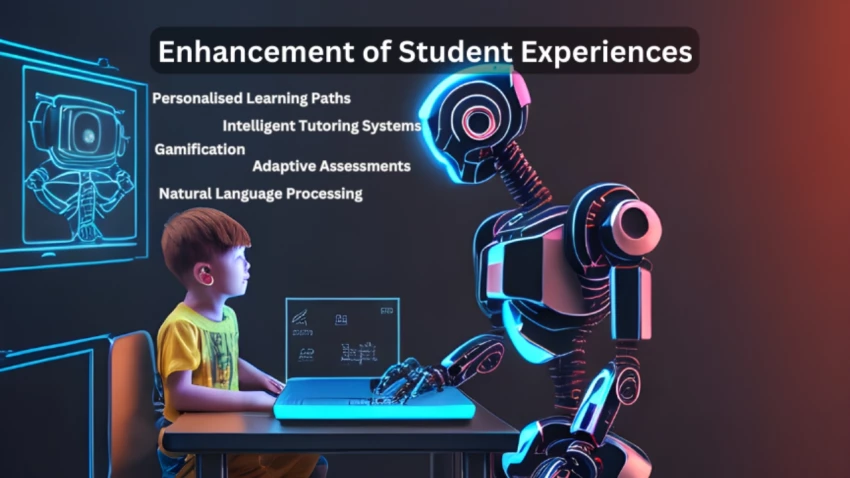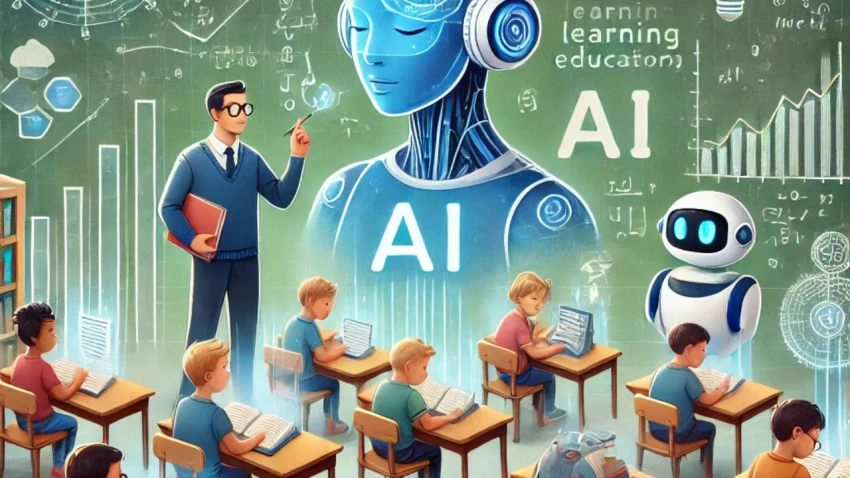

Artificial Intelligence (AI) is revolutionizing education. From AI learning assistants that provide homework support to AI-powered tools that create personalized learning paths, technology is reshaping how students learn and how teachers teach. With AI in personalized learning becoming more common, the big question is: Does this unlock deeper engagement, or does it risk creating dependency on digital tools?
AI-driven educational tools are more than just chatbots answering quick questions. They represent an AI-powered educational framework designed to optimize how knowledge is delivered. Platforms like Khan Academy’s Khanmigo, powered by GPT-4, act as AI learning assistants that provide homework support, tutoring, and guidance.
McKinsey estimates that AI can deliver enhanced teaching efficiency by automating repetitive tasks, saving teachers 20–30% of their time on grading and lesson planning. This gives educators more bandwidth for mentorship and critical thinking exercises.
Most importantly, AI enables personalized learning. Unlike traditional classrooms, where every student is taught at the same pace, AI-powered tools can create personalized learning paths that adjust to progress in real time. A student struggling in algebra may get step-by-step practice, while another excelling in geometry can move ahead independently.

The benefits of artificial intelligence in education for students are becoming clearer. A 2023 UNESCO study found that AI in personalized learning improved student performance by 10–15% compared to conventional methods. Platforms like Squirrel AI in China claim to predict learning gaps with 96% accuracy, adapting lessons dynamically.
AI can help you tailor your content to individual student needs and learning styles. This means visual learners can receive diagrams and interactive videos, while others get practice problems or text explanations. The flexibility enhances engagement while boosting outcomes.
But there are also disadvantages of artificial intelligence in education. While AI strengthens factual recall, it does less to build creativity or critical thinking. Students may become efficient at solving AI-generated problems but weaker at applying that knowledge in unfamiliar, real-world contexts.
One concern is overreliance on AI in education. While AI-driven educational tools are powerful, students may outsource too much thinking to technology. If learners use AI to generate essays, solve equations, or summarize readings, are they truly learning, or just consuming?
According to Common Sense Media, 59% of U.S. teens already use AI learning assistants like ChatGPT for homework support. Teachers warn that this fosters dependency instead of mastery.
Pew Research found that 72% of educators believe AI tools make students more distracted. This highlights the risk: overreliance on AI in education may lead to dependency on technology, shorter attention spans, and less resilience when solving complex problems independently.
AI in personalized learning has the potential to close gaps but may also widen divides. Wealthier schools can afford advanced AI-powered tools that create personalized learning paths, while underfunded schools may lack even basic infrastructure.
UNESCO cautions that AI adoption could worsen inequality if access to devices, the internet, and training is not universal. While the benefits of artificial intelligence in education for students are significant, they must be shared equally. Otherwise, the system risks splitting into two tiers: one thriving with AI-powered education and one left behind.
AI enables personalized learning and increases efficiency, but it should not replace human instruction. Teachers provide mentorship, empathy, and the ability to nurture critical thinking, areas where AI falls short.
A 2023 EdWeek survey found that 83% of teachers believe AI should supplement, not replace, classroom instruction. Educators can leverage AI-driven educational tools to spot learning gaps, but they remain vital in interpreting whether challenges are academic, emotional, or social.
This hybrid approach represents an AI-powered educational framework where technology handles repetitive tasks, and teachers focus on creativity, discussion, and problem-solving.

Artificial Intelligence (AI) is revolutionizing education, and the outcomes depend on how it is applied. The benefits of artificial intelligence in education for students include personalization, improved efficiency, and stronger learning outcomes. But the disadvantages of artificial intelligence in education, like dependency, inequality, and weaker critical thinking, cannot be ignored.
The path forward lies in balance. AI-powered tools can create personalized learning paths, automate repetitive work, and help tailor teaching to student needs. But educators and policymakers must ensure these tools empower students instead of replacing essential human skills.
AI enables personalized learning, but overreliance on AI in education may lead to dependency on technology. The future depends not on choosing between AI and teachers, but on building an AI-powered educational framework where both work together to unlock human potential.
Be the first to post comment!